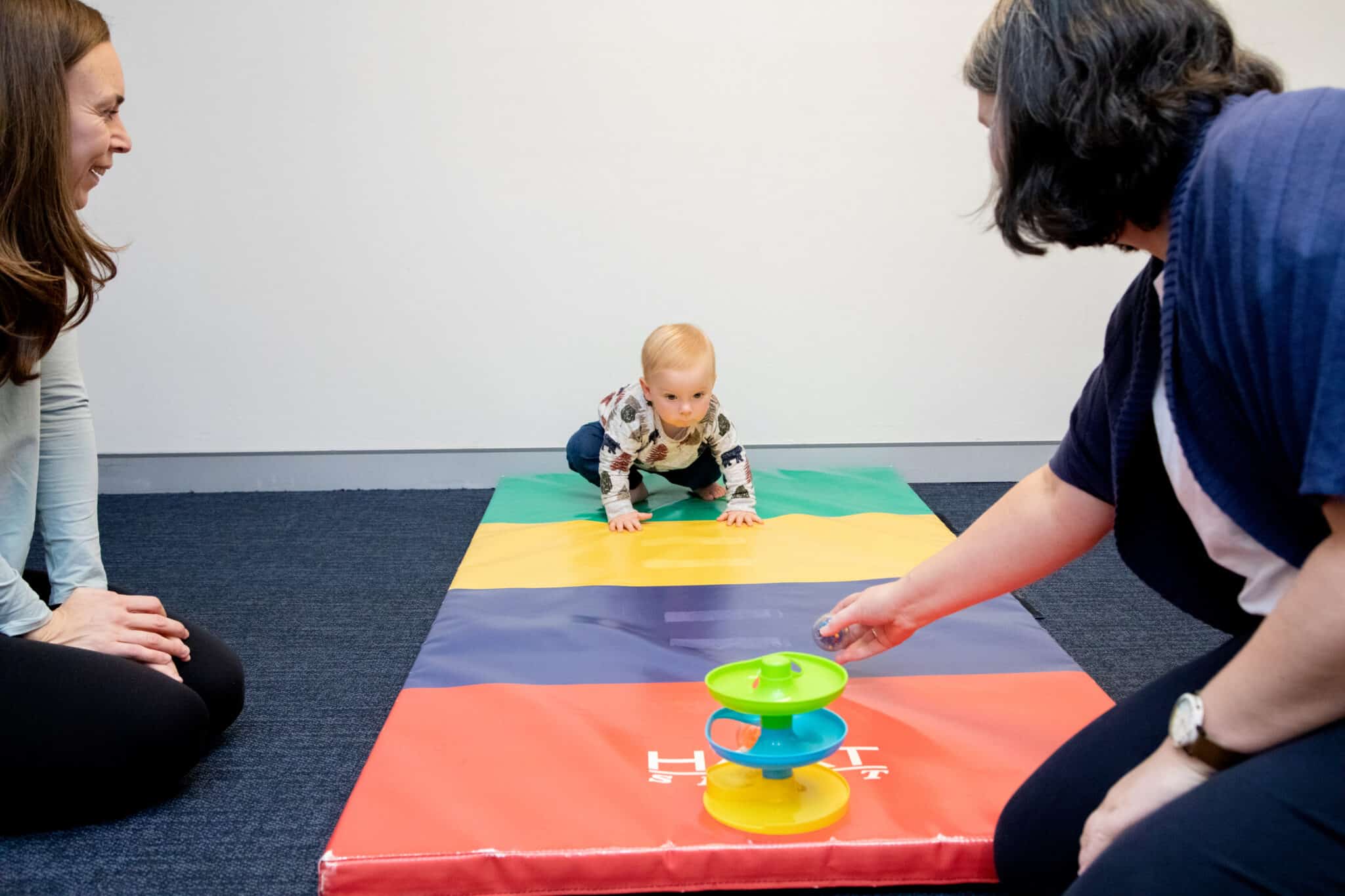We are open Monday to Saturday with extended hours
We are open Monday to Saturday with extended hours

Signs and symptoms
What is happening with the body?
Hypermobility is something that you are born with and runs in families. Your connective tissue is more flexible than normal. There can be a genetic cause.
How can physiotherapy help?
Physiotherapists can help with acute injuries, chronic pain, fatigue and anxiety about exercise. They can assess your hypermobility, core stability and strength. They can prescribe an exercise programme to reduce pain and get you back to your sports/activities. They can give you advice on return to sport and exercise. They can offer supervised group exercise classes to help you exercise, and return to work/school safely. If you are flat-footed, they may prescribe orthotics.
Signs and symptoms
What is happening with the body?
The brain may have difficulty making sense of information received through their senses, choosing a plan of action, organising the movements, sending the right message to the muscles, or controlling the movement while it is happening.
How can physiotherapy help?
Physiotherapists can help children with coordination difficulties through exercises for balance, strength and coordination.
Signs and symptoms
What is happening with the body?
Toddlers toe walk for a number of reasons including sensitivity of the feet and poor balance. Toe walking most of the time is an issue and can lead to problems with your child’s feet and ankles as they grow.
How can paediatric physiotherapy help?
A paediatric physiotherapist can assess the severity and possible causes of toe walking. They treat by prescribing an individualised stretching, balance and strengthening exercise programme. They can advise you about appropriate shoes, orthotics and serial casting.
Signs and symptoms
What is happening with the body?
The bones of a baby’s head are soft when they are born. Uneven head shape may occur in the first 6 – 8 weeks after birth from frequent pressure on one part of their head during sleep. This is more likely with babies that have a head turning preference and limited tummy time. A tightness in the neck muscles can occur in the womb or after birth.
How can paediatric physiotherapy help?
Paediatric physiotherapists can assess the severity of the plagiocephaly and torticollis. Plagiocephaly is treated with positional advice, exercises and stretches to improve your baby’s head shape as their head grows.
Signs and symptoms
What is happening with the body?
Their neck muscles are tight and weak, usually from their position in the womb. There may be changes in their sternocleidomastoid muscle from lack of neck movement.
How can physiotherapy help?
Paediatric physiotherapists can assess the severity of the torticollis. Torticollis is treated with positional advice, neck and trunk strengthening exercises and gentle neck stretches. Often skills like rolling and pre-crawling skills need more practice.
Signs and symptoms
What is happening with the body?
Low muscle tone is when muscles have less tension then normal. This makes everyday activities and postures harder work.
How can physiotherapy help?
Physiotherapists can prescribe warm-up exercises to increase muscle activation and improve posture. They assess gross motor milestones in babies and teach babies how to roll, crawl, or walk if needed.
Be the first to know about news and insights.
"*" indicates required fields